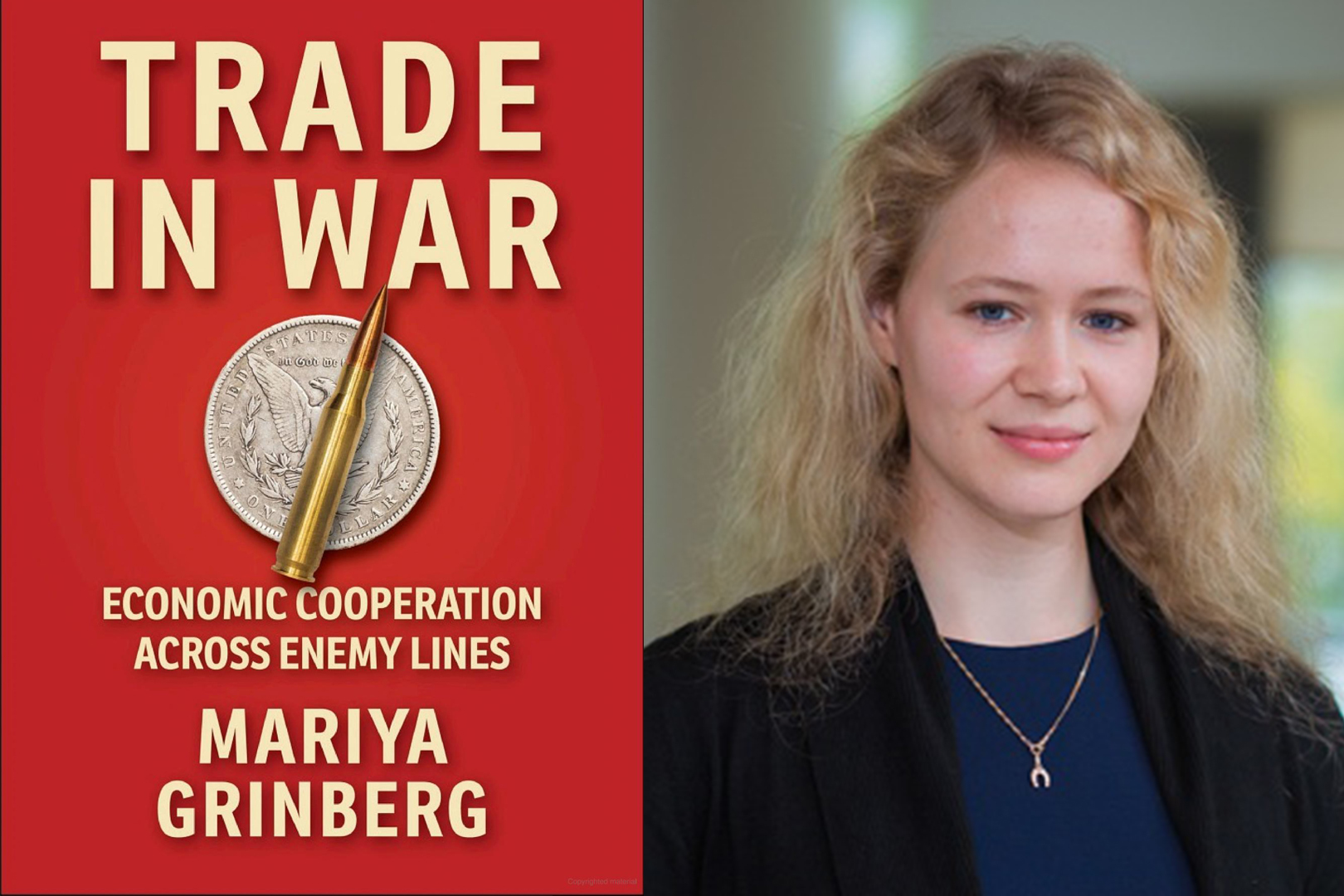Education
Wartime Trade: How Nations Exchange Goods Despite Conflict

In a striking examination of international relations, political scientist Mariya Grinberg reveals that nations often engage in trade even while actively fighting wars. Her recent book, Trade in War: Economic Cooperation Across Enemy Lines, published by Cornell University Press, delves into historical instances where countries maintained economic exchanges despite being adversaries. This phenomenon raises questions about the motivations behind wartime trade and its implications for military strategy.
Throughout significant conflicts, trading between enemies has occurred more frequently than one might expect. For instance, during World War II, Britain imported dyes from Germany while under aerial bombardment. Similarly, both India and Pakistan engaged in trade during the First Kashmir War from 1947 to 1949, and again during the India-Pakistan War of 1965. Even in the midst of conflict, Croatia and Yugoslavia traded goods in 1992.
Grinberg’s research suggests that state leaders often weigh the economic benefits of trade against the military advantages it might provide to their adversaries. “At its heart, wartime trade is all about the tradeoff between military benefits and economic costs,” Grinberg states. Cutting off trade may prevent enemies from accessing critical resources, but it can also hinder the trading nation’s economy.
Understanding Wartime Trade Dynamics
Grinberg’s exploration into this subject traces back to her doctoral studies at the University of Chicago. She observed that wartime trade had been largely overlooked in existing theories of state behavior. The modern concept of wartime trade emerged during the Crimean War (1853-1856), when France and its allies traded with Russia despite being opponents. The 1856 Declaration of Paris established “neutral rights,” which allowed goods to be shipped via neutral parties, facilitating trade even amid hostilities.
Her systematic analysis indicates that wartime trade hinges on the nature of specific goods. States evaluate the economic impact of halting trade against how useful certain products would be to their enemies. Grinberg identifies two primary conditions under which wartime trade is permissible: when it does not aid the enemy’s military efforts and when ceasing trade would threaten the state’s long-term economic security.
For example, exporting diamonds might be acceptable because the adversary would need time to resell them to fund military operations. Conversely, trading items that can be quickly converted into military assets is typically avoided. Grinberg notes, “All products can be converted into something of military utility, but they vary in how long that takes.”
Implications for International Relations
The insights from Trade in War have garnered attention from scholars in the field. Michael Mastanduno from Dartmouth College praised the book as a significant contribution to understanding the balance between economics and security in foreign policy. Grinberg emphasizes that her findings challenge assumptions about trade relationships deterring conflict.
She asserts, “We can’t expect even strong trade relations to deter a conflict.” This perspective highlights the need for nations to reassess their strategies for preventing wars. Grinberg also notes the common misjudgment among states regarding the duration of conflicts. “States very infrequently get forecasts about the length of war right,” she explains. This revelation has prompted her to pursue a second book project focused on why countries often enter wars unprepared, driven by miscalculations regarding their duration.
In summation, Grinberg’s work opens a dialogue on the complexities of wartime trade and its broader implications for international relations. As she continues to study this multifaceted issue, her research promises to shed light on the intricate balance between economic cooperation and military strategy during conflicts.
-

 Technology4 months ago
Technology4 months agoDiscover the Top 10 Calorie Counting Apps of 2025
-

 Health2 months ago
Health2 months agoBella Hadid Shares Health Update After Treatment for Lyme Disease
-

 Health3 months ago
Health3 months agoErin Bates Shares Recovery Update Following Sepsis Complications
-

 Technology3 weeks ago
Technology3 weeks agoDiscover 2025’s Top GPUs for Exceptional 4K Gaming Performance
-

 Technology2 months ago
Technology2 months agoElectric Moto Influencer Surronster Arrested in Tijuana
-

 Technology4 months ago
Technology4 months agoDiscover How to Reverse Image Search Using ChatGPT Effortlessly
-

 Technology4 months ago
Technology4 months agoMeta Initiates $60B AI Data Center Expansion, Starting in Ohio
-

 Technology4 months ago
Technology4 months agoRecovering a Suspended TikTok Account: A Step-by-Step Guide
-

 Health4 months ago
Health4 months agoTested: Rab Firewall Mountain Jacket Survives Harsh Conditions
-

 Lifestyle4 months ago
Lifestyle4 months agoBelton Family Reunites After Daughter Survives Hill Country Floods
-

 Technology3 months ago
Technology3 months agoUncovering the Top Five Most Challenging Motorcycles to Ride
-

 Technology4 weeks ago
Technology4 weeks agoDiscover the Best Wireless Earbuds for Every Lifestyle





















